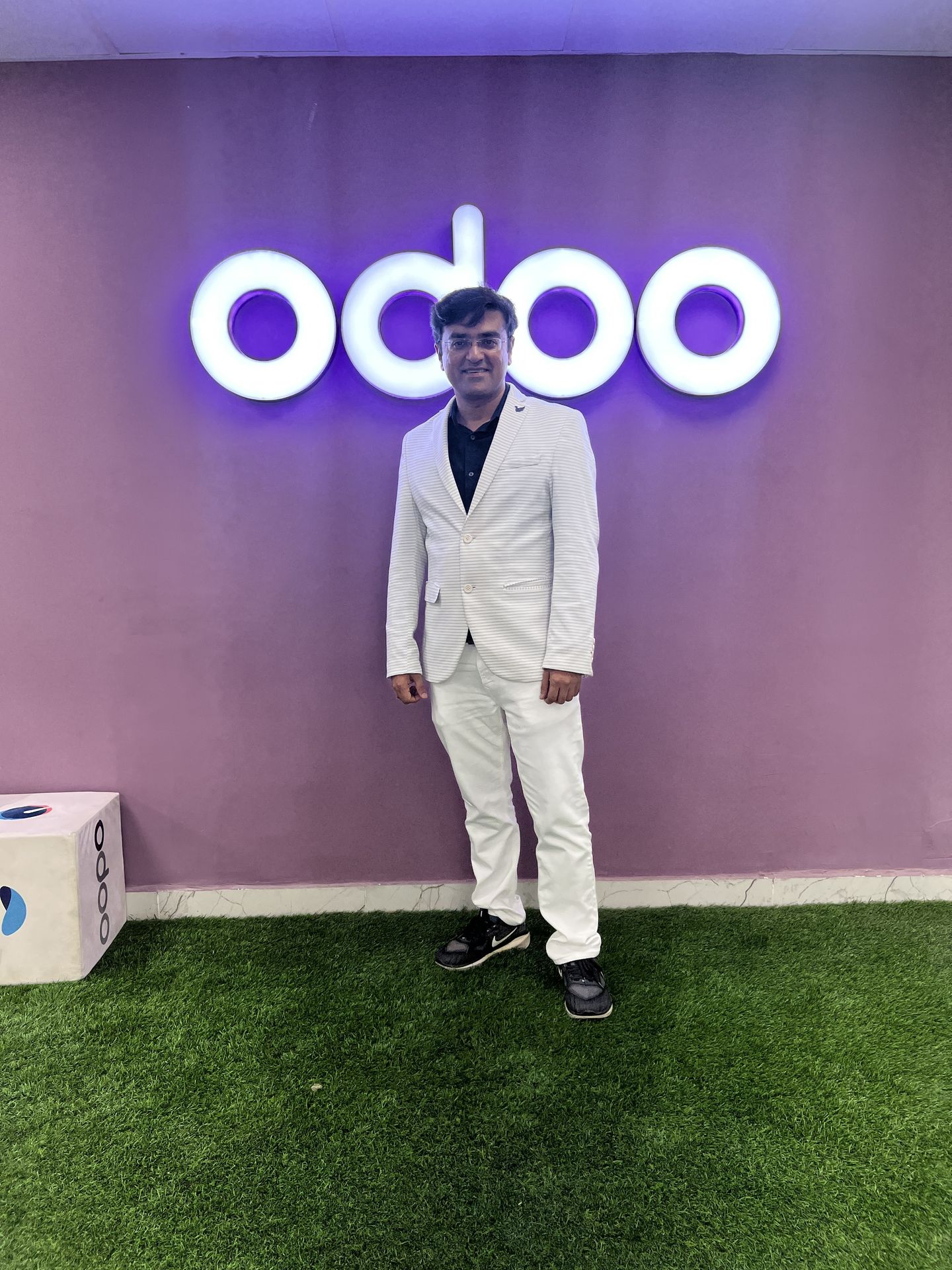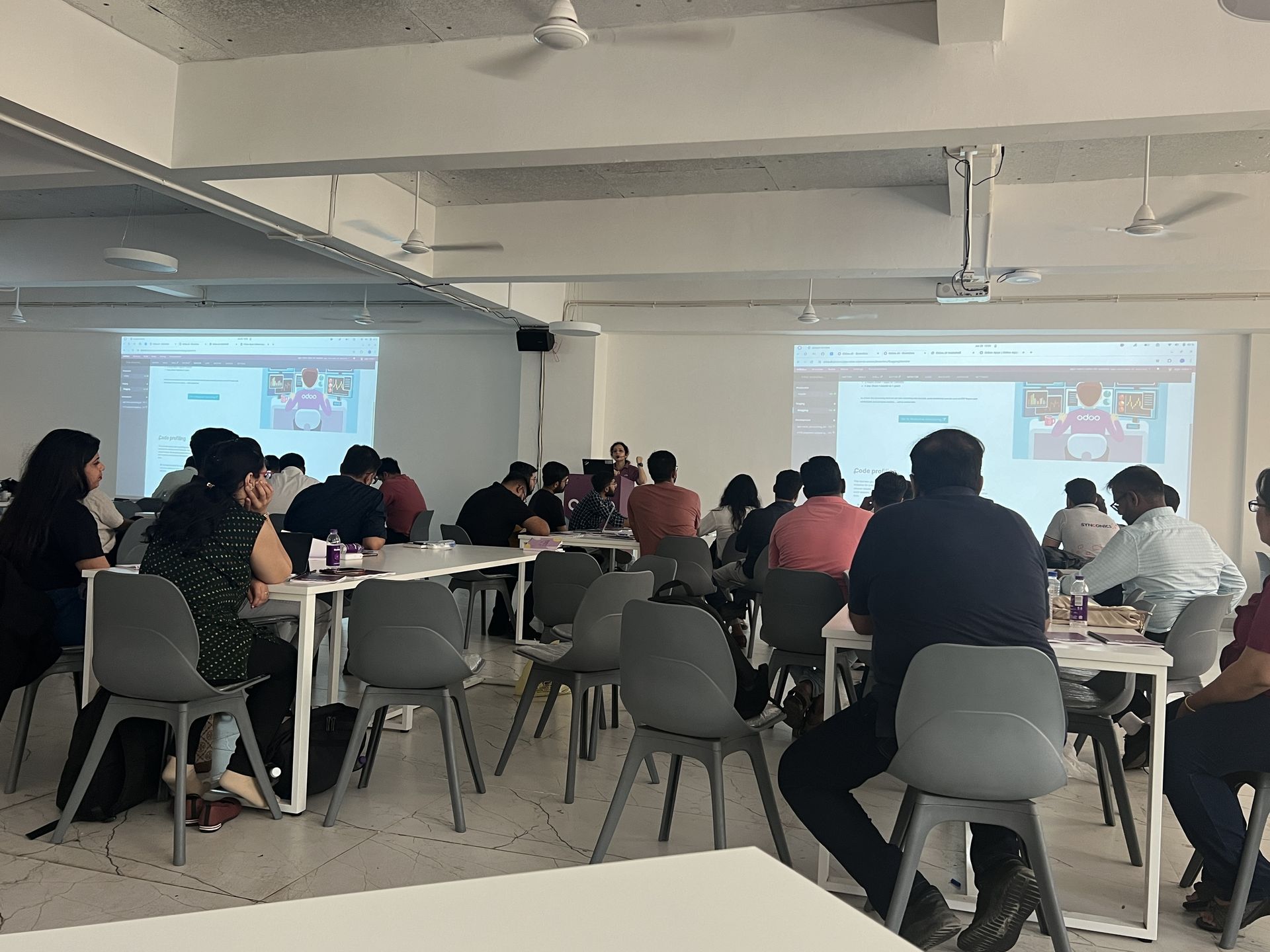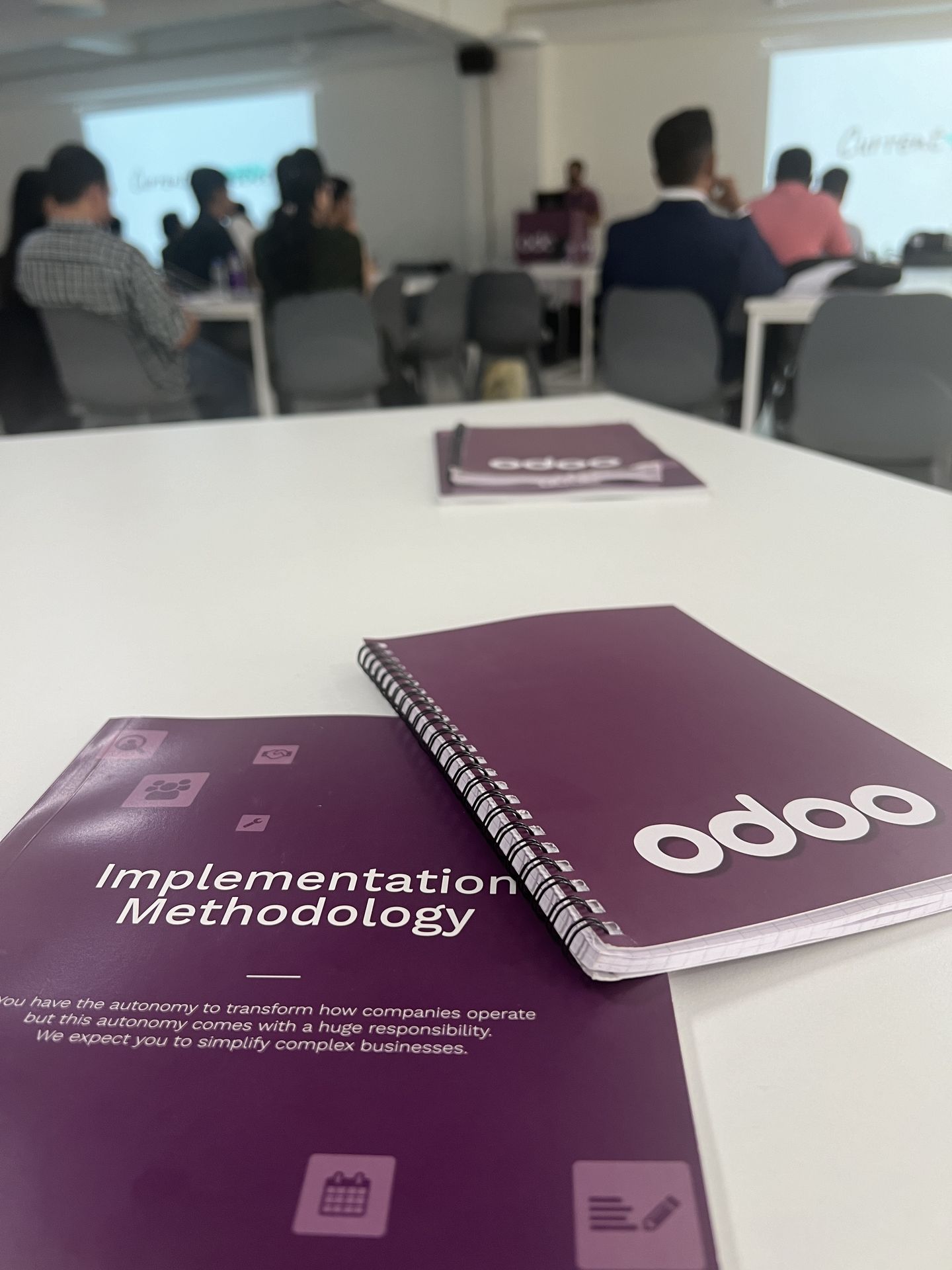Yesterday, I visited Odoo India's office to participate in the Odoo Partner Training. It was full of multiple sessions to keep Odoo partners up to date with best practices, tools, and exclusive knowledge on new features and to know efforts for brand awareness.
The event began with an amazing session on Odoo Implementation Methodology, Quick Start, and ROI Analysis.
Here are quick summaries of the key points:
🌟 MVP and Phases:
Design the Minimum Viable Solution: Allow clients to start using the system quickly. Benefits include quick ROI and continuous feedback to improve the final solution. 🚀
🌟 Know Clients' Pain Points:
Focus on Key Aspects: Identify what is responsible for revenue generation for the client. The first phase should target these areas. For example, for a manufacturing unit, go live with manufacturing first, then focus on the helpdesk. 🔍💼
It's our responsibility as Odoo implementation partners to find answers to crucial questions such as:
➡️ What date to migrate? 📅
➡️ Should the client keep running the old license? If so, for how long? 🔄
➡️ What to do with open transactions? 💬
➡️ Decide on a cutoff date to stop using the old system. 🛑
🌟 Teaching and Adopting:
Identify the Scope for Day-to-Day Use: Ensure customers understand how each module works. Implement module by module. 🧩📚
🌟 Train the Key Person:
Key Person Training: Let the key person train other users or intervene to assist them. 👥
🌟 Ideal Time for Go Live:
When the client is comfortable using the system. Once the client goes live, the critical aspect for us is to provide hyper-care during the initial stage. This helps if the client missed testing something and started using it in the go-live phase. ✅
🌟 Main Implementation Phases:
Sales Phase 1 Go Live Phase: Customer acquisition. 📈
Support Phase: Customer retention phase. 🔄
✨ Focus on Added Value and Simplicity
These are key game-changers.
➡️ Game Changer: Adds value but may not be simple to implement. 💡
➡️ Quick Win: Include in the first phase, easy to implement, and adds significant value. 🏆
➡️ Fine Tuning: Simple but does not add much value. ⚙️
➡️ To Avoid: Not simple and does not add value. 🚫
🌟 Project Success Factors:
Focus on added value, keep it simple, and go live as soon as possible.
Standards for Success:
➡️ Faster implementation. ⏩
➡️ Faster upgrades. ⬆️
➡️ Stable database. 📊
➡️ Lower costs. 💰
✨ Don’t be driven by short-term customer satisfaction. Focus on long-term project success for the client.
Roles and Responsibilities:
➡️ Project Leader: Communicate with the client. 📞
➡️ Product Expert: Know the product better than anyone. 🛠️
➡️ Developer: Customized development. 💻
➡️ Business Advisor: Check daily business processes and advise improvements. 📋
Stay tuned for more knowledge and helpful information on Odoo implementation, Odoo.sh, the latest accounting features, and much more… 📢


